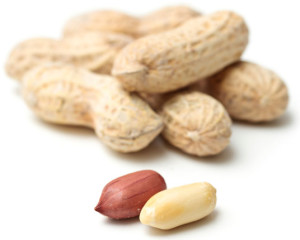Allergy symptoms vary based upon the allergen. Pollen, mold, animal dander and dust mites typically cause sneezing, nasal stuffiness, runny nose, itchy, watery and red eyes, itchy ears and scratchy throat. Sinus headaches, facial pain and cough can also occur. These symptoms are associated with a common condition called allergic rhinitis (hay fever) and can act as triggers of asthma.
 Food allergy symptoms are very different from other allergies. They can be mild, moderate or severe. Mild to moderate symptoms include stomach pain, diarrhea, vomiting, hives, swelling and increased eczema. Severe allergic symptoms which can be life threatening include swallowing and breathing difficulties, dizziness and a drop in blood pressure. Food allergy symptoms can quickly progress from mild to severe.
Food allergy symptoms are very different from other allergies. They can be mild, moderate or severe. Mild to moderate symptoms include stomach pain, diarrhea, vomiting, hives, swelling and increased eczema. Severe allergic symptoms which can be life threatening include swallowing and breathing difficulties, dizziness and a drop in blood pressure. Food allergy symptoms can quickly progress from mild to severe.
Insect stings from honeybees, wasps, hornets, and yellow jackets can cause mild to severe reactions. Most people experience a mild reaction at the site of the sting. These mild symptoms, known as “local reactions” include pain, redness and swelling. A true allergic reaction to an insect sting is more severe and can be life threatening. These severe symptoms may include generalized itching, hives, swelling of the throat and tongue, difficulty breathing, dizziness, stomach cramps, nausea, diarrhea and loss of consciousness.
Allergies to plants and plant substances like latex, which is an allergy to natural rubber, are also called contact allergies. Contact allergies usually cause itching, blistering and oozing of the skin at the contact site. A serious form of latex allergy can also cause a reaction like those experienced with a severe bee sting allergy.
Allergies to medication can be caused by many different medications, although penicillin allergy is common. Allergies to anesthetics are also somewhat common. Medication allergy symptoms can range from a mild form of hives to severe symptoms which can be life threatening.